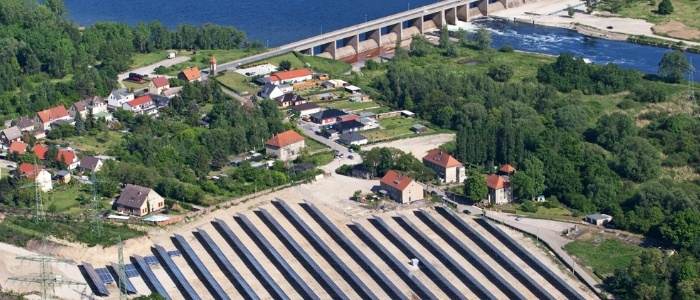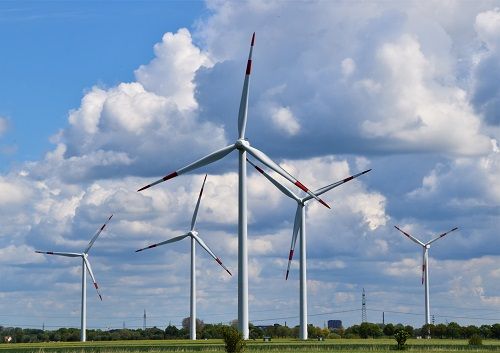Germany is on a record-breaking course for wind energy: the number of new turbines is rising rapidly. In the first nine months of the current year, more energy capacity was approved than ever before from January to September. "The measures adopted by the German government to expand renewables are bearing fruit," comments Markus W. Voigt, CEO of the aream Group. "But this is also necessary in order to credibly achieve Germany's climate protection targets."
According to figures from the German Onshore Wind Energy Agency, more than 50 percent more new turbine capacity went into operation in Germany between January and the end of September than in the same period in 2022. Gross additions amounted to 2,475 megawatts (MW), exceeding the previous year's figure of 2,405 megawatts after three quarters. Official approvals developed even more dynamically than the expansion: Across Germany, 976 new wind turbines were newly approved in the first nine months, bringing their total output to 5.2 gigawatts. This is a record figure and corresponds to an increase in capacity of 77 percent.
The specialist agency therefore expects gross additions to exceed the three-gigawatt threshold by the end of the year, which was last the case in 2017. The newly approved capacity volume could grow to more than six gigawatts by the end of December. "The sluggish approval procedures in particular have often hampered expansion in the past, which is why the new figures are encouraging," says Voigt. However, the industry still needs political support, as the business environment is clouding over due to rising costs and interest rates.
October was an extremely productive month for German wind turbines. The wind blew strongly, with Schleswig-Holstein even recording gale-force winds and storm surges. "Overall, the turbines achieved an excellent performance," says Voigt. The target achievement was 121 percent.
In contrast, the golden October fell through and the sun rarely made an appearance. Nevertheless, the German solar installations managed "a stable performance with average irradiation values", explains Voigt. The target achievement was 95 percent. Things looked worse in Spain: There, the yield was reduced by curtailment (around 740 MWh) with slightly below-average irradiation, and the target achievement was 67 percent. "Otherwise, the performance was stable," says Voigt. In Italy, on the other hand, various technical failures, mainly in inverters, resulted in below-average performance: only 89% of the target value was achieved.
PRESSEKONTAKT:
Leandra Kiebach
T: +49 (0)211 30 20 60 4-2
E: lk@aream.de


